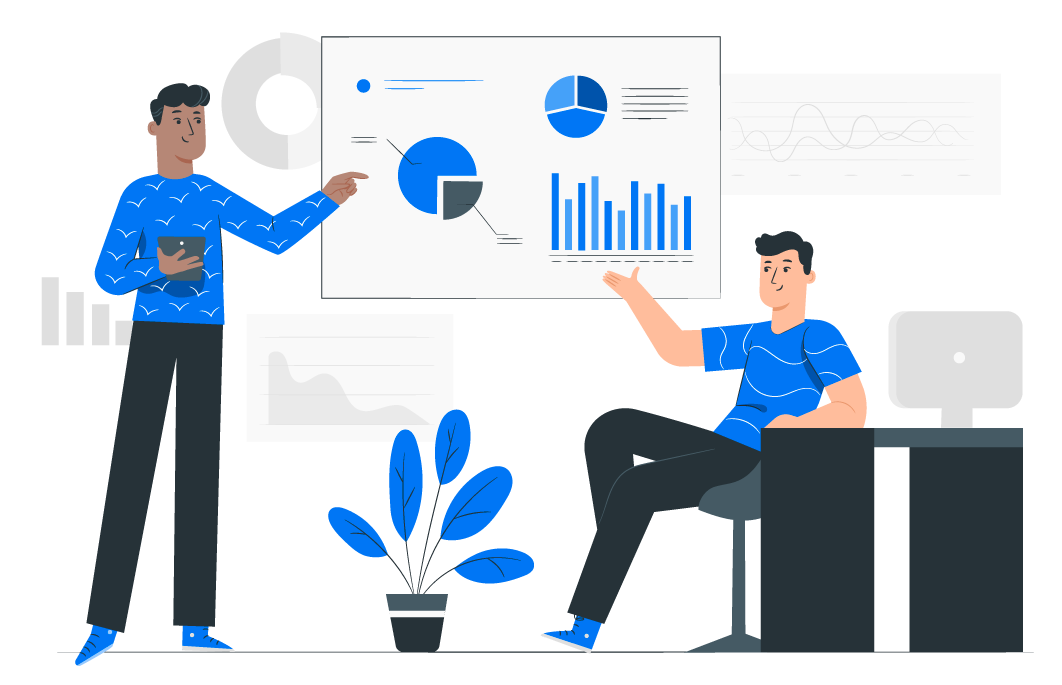Sales enablement software refers to a system that provides the sales person with the tools they need to sell effectively. The purpose is to have one system that simplifies the selling process and allows you to build a sales workflow that will let your sales people sell in an organized and consistent manner. With sales enablement software in place your sales people do not need to waste time seeking the information they need to move the deal forward, instead the sales enablement system will present the sales person with the resources they need.
Some of the tools that a sales enablement system provide include email templates, email signatures, sales scripts, document management, lead scoring, and automatic sales outreach functionality.
Implementing Sales Enablement Strategy
The goal of developing a sales enablement strategy is to decide and solidify the process your sales team will follow to obtain the resources and content they need while selling. The strategy may be different for each sales segment, for example outside sales reps may have a different sales enablement strategy than inside sales reps.
Each sales team is different, and each sales process is unique, but they all require resources surrounding the product or service the sales person is selling. Your sales enablement strategy may include sales reports, document management, sales scripts, email templates and signatures, sales and marketing automation.
Sales Reports
Configuring a set of reports your sales team can use for specific purposes is an important part of any sales enablement strategy. Each business has their own sales reporting needs, but some general useful reports may include:
- Follow-up report
- Deals expected to close this month
- High probability deals
- Leads that opened or clicked outbound emails
Document Management
Many times sales people need to send product catalogs, brochures, and pricing information to move a deal forward. Sales enablement software will store these pre-written documents for your sales team, and provide easy access to quickly share them with your leads and customers when necessary. This type of document management allows you to have a central place to store documents needed company wide.
Sales Scripts
Sales forces that employ call centers often times have their sales people read from a sales script. Some companies may have multiple sales scripts, possibly a different one for each product or service. Sales enablement software like Snapforce includes a sales script feature that provides the sales agent with the correct sales script for the sales call they are participating in.
Email Templates and Signatures
Providing your sales personnel with pre-written email templates is another way sales enablement software helps provide your sales team with the content they need, when they need it. Email templates in CRM systems like Snapforce include placeholders that can be used to automatically replace the placeholder with the lead or customer name or phone number, or address, or any other data field.
Email signatures are another part of your sales enablement strategy. Making email signatures for your sales people helps convey consistency and eliminates the need for your sales people to do it themselves.
Sales Automation and Marketing Automation
Using sales and marketing automation software is another part of any successful sales strategy. Using sales enablement software like Snapforce includes sales automation tools that will automatically send emails on your sales people's behalf. You can configure workflow automation rules that send emails automatically based on specific action triggers, such as when your sales person moves the deal to a new stage.
Conclusion
The most common way to get started with developing a sales enablement strategy for your business or organization, is with a Simple CRM software . These types of systems are designed for enabling the sales person to sell, and include the majority of this type of functionality. Another benefit of going the CRM route is that you will get other sales benefits as well. Including sales automation and marketing automation functionality. This one stop shop is why most organizations start with a CRM before looking for more specific sales tools.

